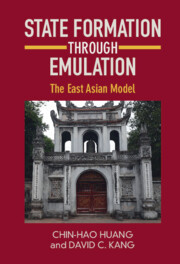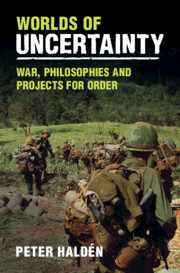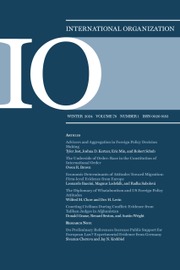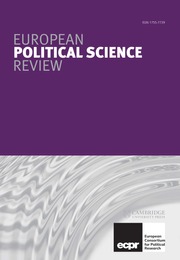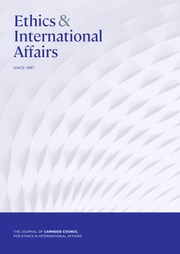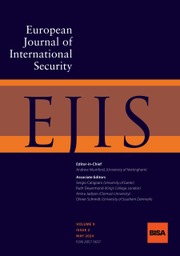State Formation through Emulation
Neither war nor preparations for war were the cause or effect of state formation in East Asia. Instead, emulation of China—the hegemon with a civilizational influence—drove the rapid formation of centralized, bureaucratically administered, territorial governments in Korea, Japan, and Vietnam. Furthermore, these countries engaged in state-building not to engage in conflict or to suppress revolt. In fact, war was relatively rare and there was no balance of power system with regular existential threats—the longevity of the East Asian dynasties is evidence of both the peacefulness of their neighborhood and their internal stability. We challenge the assumption that the European experience with war and state-making was universal. More importantly, we broaden the scope of state formation in East Asia beyond the study of China itself and show how countries in the region interacted and learned from each other and China to develop strong capacities and stable borders.
- Provides new evidence that states formed in East Asia through emulation, not war
- Provides extensive empirical evidence of state formation in Vietnam, Japan, and Korea, occurring a thousand years earlier than Europe
- Challenges Eurocentric assumptions about state formation, and broadens the focus of study to include East Asian Civilization
Reviews & endorsements
'International Relations needs to move beyond critiques of Eurocentrism to present big, positive alternative ideas. Few if any books in the field achieve this goal as well as State Formation in Historical East Asia. Huang and Kang's fresh, challenging and incredibly important thesis is that state-building in East Asia preceded that in Europe, and was the result of emulation rather than military competition.' Jason Sharman, Sir Patrick Sheehy Professor of International Relations, University of Cambridge
'This innovative analysis demonstrates that state building in Asia was very different from Europe: characterized by mimicry and diffusion, rather than warfare or competition. It is a major and very welcome contribution to the literature on state-building across the world.' Anna Grzymala-Busse, Kevin and Michelle Douglas Professor of International Studies, Stanford University
'Huang and Kang have reconstructed deep historical pathways toward state making in East Asia. They helpfully highlight shared traits that distinguish these states as a group from those formed in Europe. State Formation Through Emulation: The East Asian Model helps to reduce the persistent asymmetry of knowledge about European and East Asian state making dynamics. The book points us toward to a future moment when historically contextualized state making dynamics across different world regions can be scrutinized for the distinctive features these diverse states bring into their subsequent encounters with each other.' R. Bin Wong, Director of the UCLA Asia Institute and Distinguished Professor of History, University of California, Los Angeles
Product details
August 2022Hardback
9781009098533
270 pages
235 × 158 × 19 mm
0.5kg
Available
Table of Contents
- 1. Introduction: The East Asian Model of State Formation
- 2. Theories of State Formation and Diffusion
- 3. Phase 1 and Onwards: Hegemony, Bureaucracy, and Confucianism
- 4. The Absence of Bellicist Pressures in State Formation, 400 – 800 CE
- 5. Phase II: State Formation in Korea and Japan, 400 – 800 CE
- 6. Korea and Japan over the Centuries
- 7. Vietnam emerges, 10th – 14th Centuries
- 8. Epistemic Communities and Regional Connections
- 9. Who Doesn't Emulate? The Borderlands of the Central Asian Steppe
- 10. Conclusion: East Asian Developmental States in the 20th Century. Appendix
- References
- Index.

